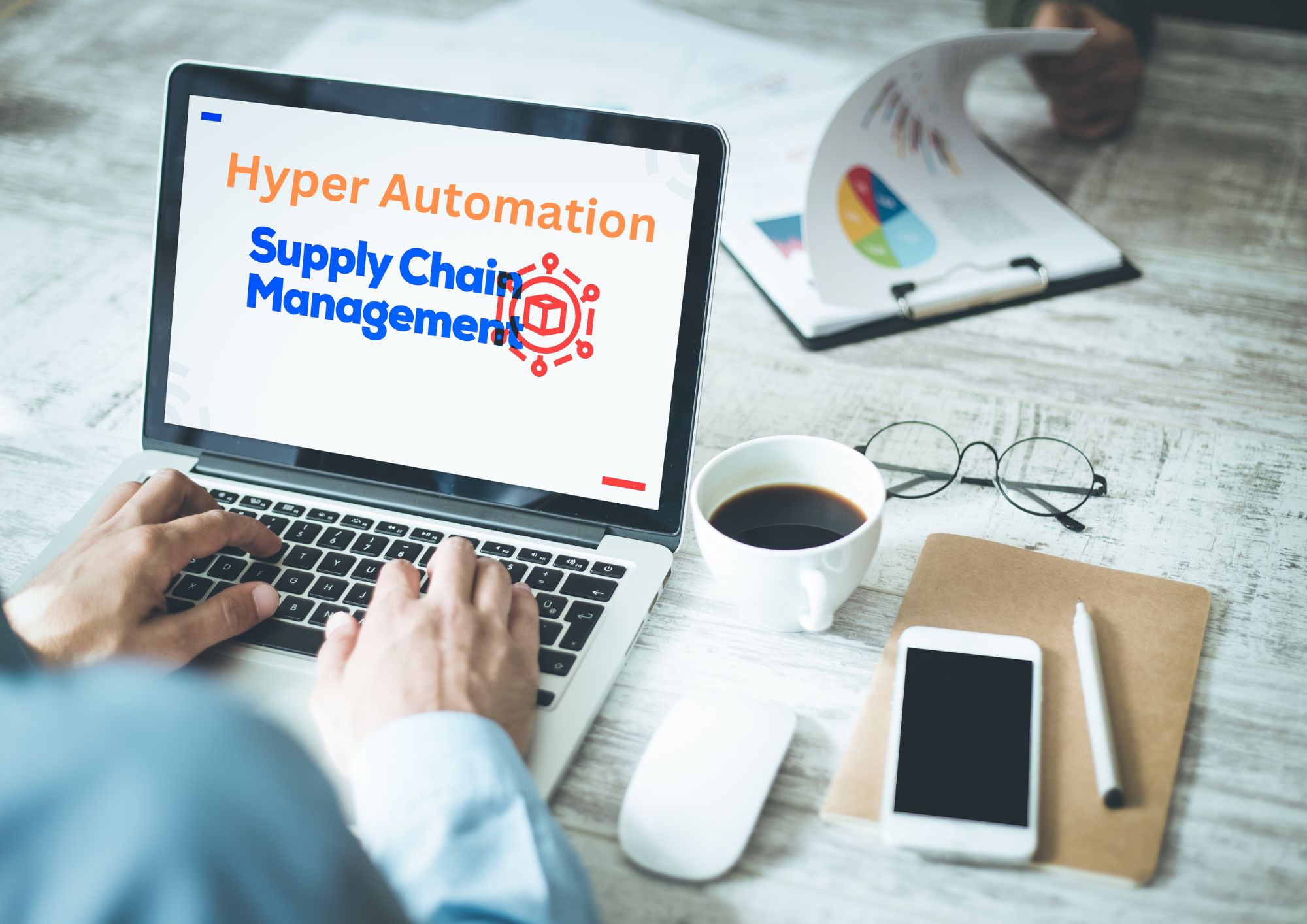In today’s competitive business environment, supply chain management has become an essential aspect of a company’s success.
With the advent of hyper automation, organizations can now optimize their supply chain processes and reap numerous benefits.
In this article, we will delve deep into the key benefits of hyper automation for supply chain management, showcasing real-world examples and hard-hitting facts and figures.
So, let’s dive in! 😃
Transforming the Supply Chain Landscape
Hyper automation, a combination of artificial intelligence (AI), machine learning (ML), and robotic process automation (RPA), has transformed the supply chain landscape.
By integrating these advanced technologies, supply chain automation has become more efficient and effective than ever before.
For example, Amazon has revolutionized its warehouse operations by implementing hyper automation.
Their state-of-the-art fulfillment centers use robotic arms, advanced conveyor systems, and computer vision technology to streamline order processing and reduce human intervention.
Reducing Manual Intervention
One of the primary hyper automation benefits is the significant reduction in manual intervention throughout the supply chain.
This allows organizations to allocate their workforce to more strategic and value-added tasks, leading to higher productivity and employee satisfaction.
Consider the case of BMW, which has successfully automated its production lines with robots that assemble and paint car parts.
This automation has led to a 30% increase in production efficiency and a 50% reduction in assembly errors, showcasing the power of hyper automation in the automotive industry.
Data-driven Decision-making
Hyper automation facilitates data-driven decision-making by collecting, analyzing, and interpreting large volumes of data in real-time.
This enables organizations to make better-informed decisions, leading to a more efficient supply chain.
For instance, Walmart leverages advanced analytics and ML algorithms to optimize inventory management.
By analyzing sales data, customer preferences, and seasonal trends, Walmart can predict product demand with greater accuracy and ensure optimal stock levels at all times.
Enhancing Supply Chain Visibility
Supply chain visibility is crucial for effective management and control of resources.
Hyper automation enables end-to-end visibility by integrating data from various sources, such as IoT devices, sensors, and third-party logistics providers.
This real-time data flow helps organizations identify bottlenecks, track assets, and monitor performance metrics, leading to a more efficient supply chain.
DHL, a leading logistics company, has embraced hyper automation to enhance supply chain visibility.
Their IoT-enabled smart warehouses use sensors and real-time data analytics to monitor inventory levels, optimize storage space, and improve order fulfillment accuracy.
Streamlining End-to-End Processes
Hyper automation has the potential to streamline end-to-end supply chain processes, from procurement and production to logistics and customer service.
By automating repetitive tasks and simplifying complex processes, organizations can significantly reduce lead times, minimize errors, and improve customer satisfaction.
Take Procter & Gamble (P&G) as an example.
The consumer goods giant has implemented hyper automation across its supply chain, leading to a 20% reduction in lead times and a 15% improvement in order accuracy.
This has not only enhanced P&G’s operational efficiency but also allowed the company to respond to customer needs more effectively.
In conclusion, hyper automation is revolutionizing supply chain management by providing organizations with unprecedented benefits, including reduced manual
intervention, data-driven decision-making, enhanced visibility, and streamlined end-to-end processes.
By embracing hyper automation, companies can unlock new levels of efficiency and performance, driving growth and staying ahead of the competition.
Moreover, the rapid advancements in AI, ML, and RPA technologies continue to offer promising opportunities for further optimization and innovation in supply chain management.
As organizations increasingly recognize the potential of hyper automation, we can expect a surge in its adoption across various industries, reshaping the future of global supply chains.
By incorporating supply chain automation, businesses can fully leverage the hyper automation benefits and build an efficient supply chain that not only bolsters their bottom line but also strengthens their market position.
So, it’s time to embrace hyper automation and propel your supply chain management into the digital age! 😊
Thank you for reading our blog, we hope you found the information provided helpful and informative. We invite you to follow and share this blog with your colleagues and friends if you found it useful.
Share your thoughts and ideas in the comments below. To get in touch with us, please send an email to dataspaceconsulting@gmail.com or contactus@dataspacein.com.
You can also visit our website – DataspaceAI


